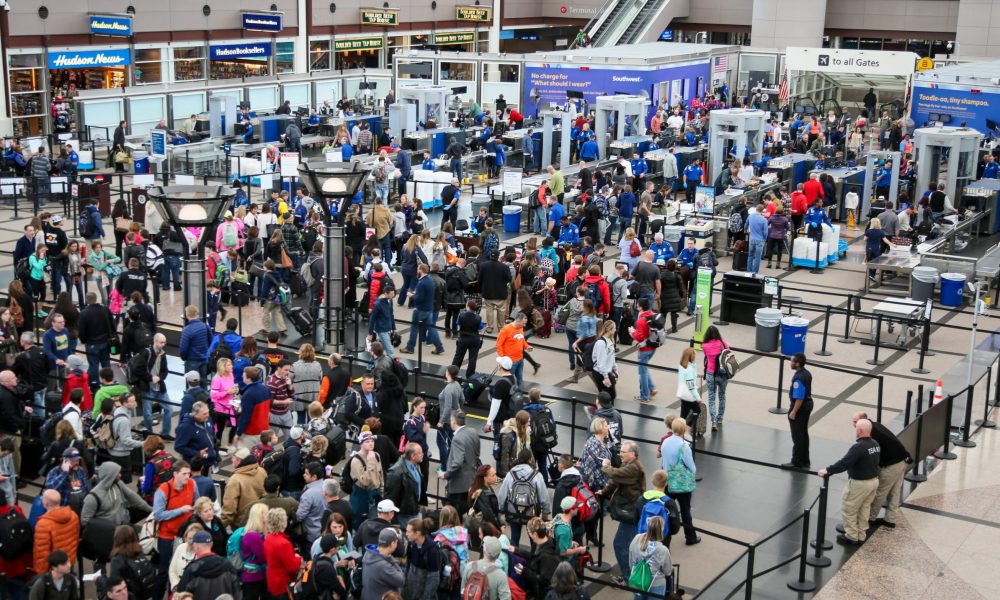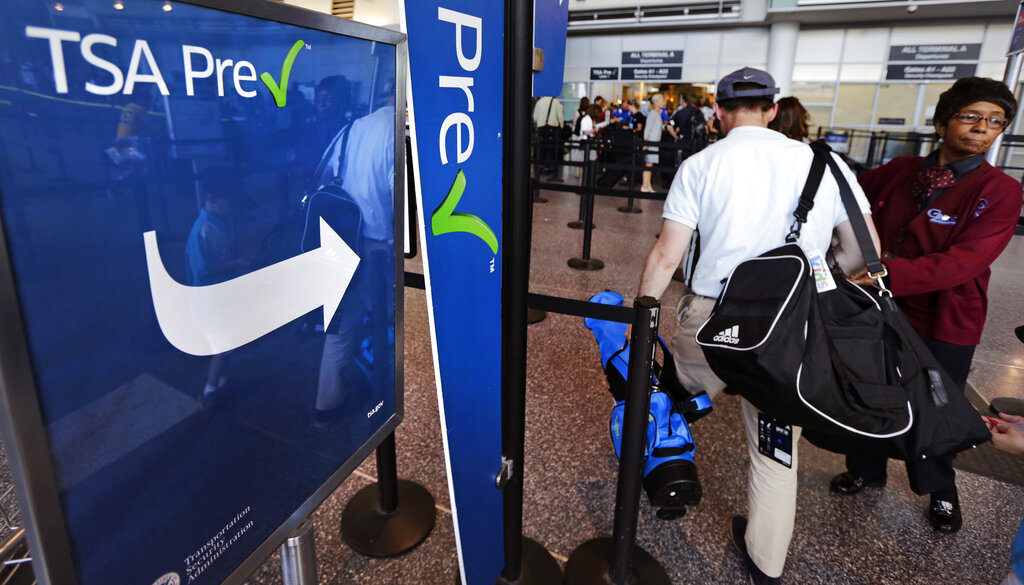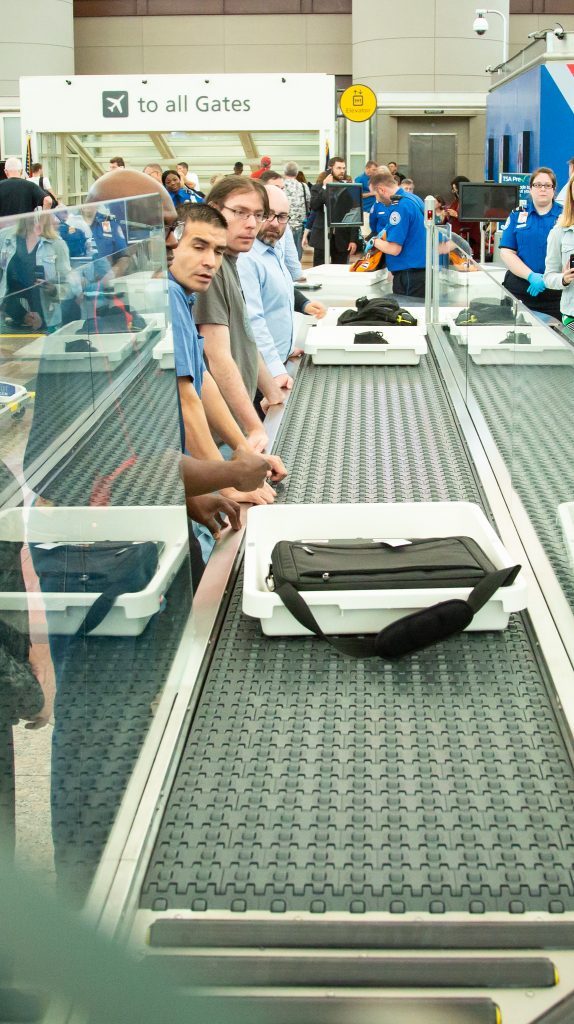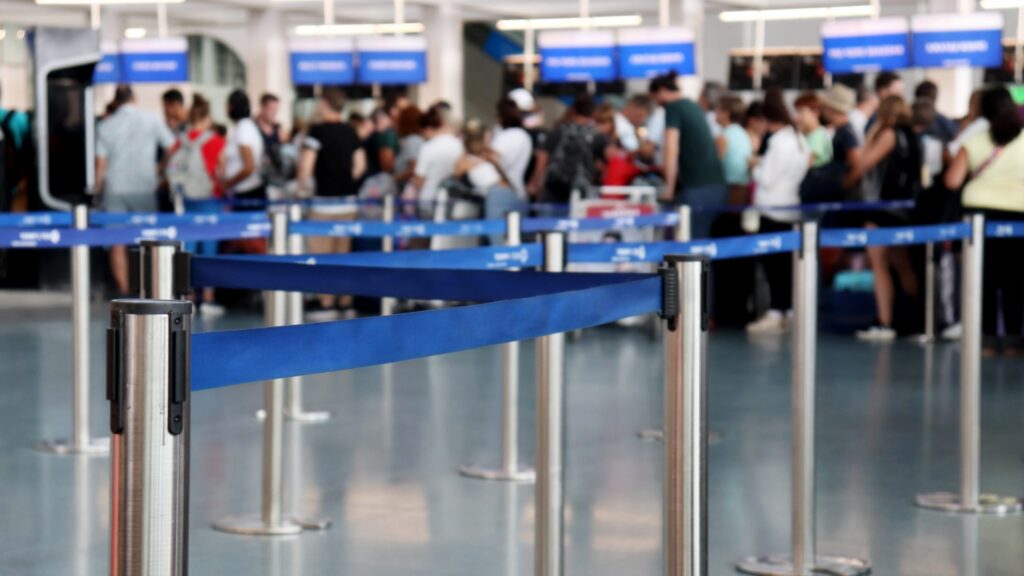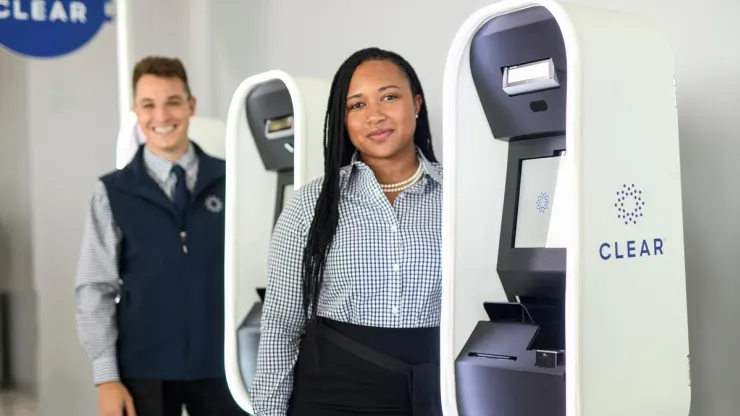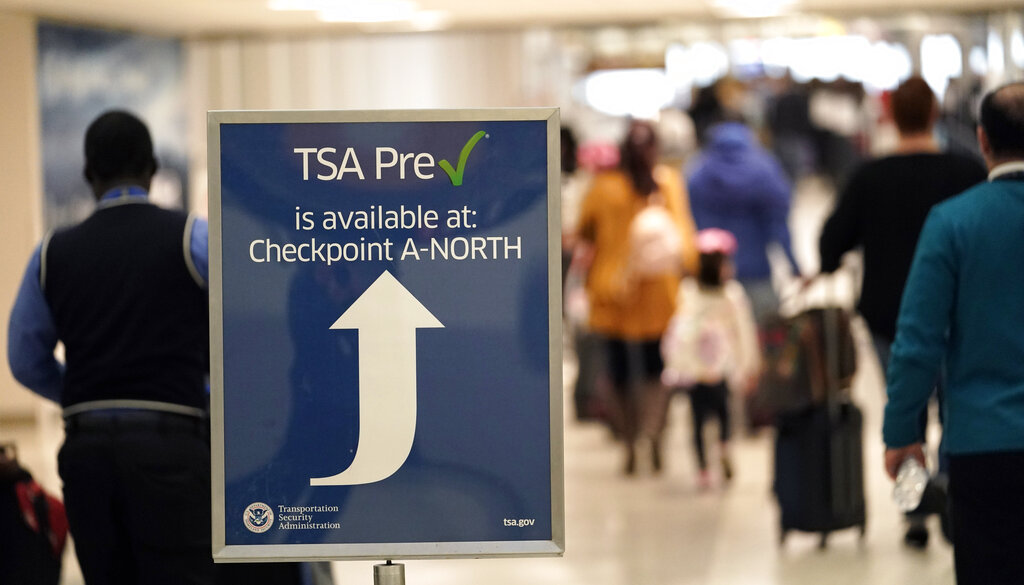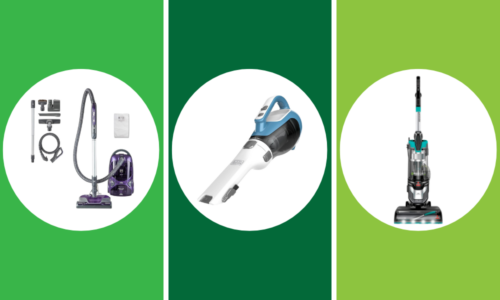Have you ever shown up for a flight thinking you have plenty of time to make it to your gate, but then see the security line snaking around the terminal? Or, have you ever had one of those tight international connections and worried that you’d miss your flight home because the U.S. customs line was so long?
Not only is travel rebounding to pre-pandemic levels, but some of the world’s busiest airports are setting records for the number of passengers passing through their terminals. So, if you’re looking to save some time at the airport by bypassing the crowds (and potentially avoiding missing flights), you’ve got options, including Trusted Traveler Programs. But which is better: TSA PreCheck vs. Global Entry?
Both programs are overseen by the Department of Homeland Security, but come at different price points. Global Entry has more benefits geared toward international travelers.
Another line-skipping option is enrolling in the privately operated Clear program, which uses biometrics (a fingerprint or scan of your eyeballs) instead of an ID and allows you to essentially cut the line at participating airports. However, if you don’t have the government-issued TSA PreCheck in conjunction with Clear, you still have to go through the security line rigamarole of removing your shoes and taking your laptop out of its case.
Pro tip: Check with your credit card or airline loyalty program; many waive enrollment costs for TSA PreCheck and Global Entry and extend free memberships (or offer discounts) for Clear.
Here’s what else to know about TSA PreCheck vs. Global Entry, plus how you can turbocharge your airport experience with a CLEAR membership if you really, really dread lines.
TSA PreCheck
Cost: $78; $70 to renew
How long is it valid? 5 years
TSA PreCheck members can access a separate line that’s usually quicker than general screening and also go through an expedited security screening that doesn’t require taking off shoes, belts or light jackets. You also don’t have to remove liquids (as per the 3-1-1 liquids rule) or laptops from your bag.
According to TSA PreCheck, 92% of members breezed through security in less than five minutes in January 2023.
TSA PreCheck is available for passengers departing from a U.S. airport on a domestic or international flight and after returning to the United States for connecting domestic flights. PreCheck is available at more than 200 U.S. airports and with 85 plus airlines. Last year, TSA also launched its first international PreCheck destination at Lynden Pindling International Airport in Nassau, Bahamas.
To enroll, you need to first apply online and then schedule and complete a 10-minute in-person interview with a TSA official that includes fingerprinting, a photograph and a background check. There are more than 550 enrollment centers throughout the country. It could soon be easier to enroll in TSA PreCheck, though, as the agency’s latest enrollment center is at Portland International Airport and ticketed travelers don’t need to make an appointment.
Other airports with walk-up enrollment centers include Orlando International Airport, Nashville International Airport, Southern California’s Ontario International and Austin-Bergstrom International.
Once enrolled, when you go to book your flight or to check in, you can add your “Known Traveler Number” to the flight so that the TSA PreCheck stamp shows up on your boarding pass.
Global Entry
Cost: $100
How long is it valid? 5 years
Global Entry provides expedited U.S. customs screening for international travelers when they land in the United States. A Global Entry membership also includes TSA PreCheck and its benefits.
Instead of going through the traditional customs inspection lines, Global Entry members can use airport kiosks that are usually quicker. This can be especially helpful if you have a domestic connection and are worried about missing your flight while stuck in a long customs line.
Those applying for Global Entry need to have a passport. Global Entry has fewer enrollment centers, most of which are at major airports.
Clear
Cost: $189
How long is it valid? 1 year
The most expensive of the options is Clear, a private program that uses biometrics to verify your identity instead of an ID card. For example, when you step up to the kiosk, you can have it scan your eyes or use your fingerprints to identify you.
Often, the Clear line is the shortest in the airport. One of the quickest ways to move through security is to combine Clear with PreCheck so that you have a short line and quick identification process and then an expedited screening process in which you keep your laptop in your bag and don’t have to do things like take off your belt or shoes.
While Clear is at most major airports, you should check to make sure it’s at your home airport (or the airports you use most frequently) before enrolling. You can quickly enroll in Clear at participating airports.
Clear also offers special pricing options for students, military and government personnel, Delta SkyMiles and United MileagePlus members, and American Express cardholders. Plus, you can add up to three family members for just $60 each, and they can travel with or without you.
TSA PreCheck Vs. Global Entry?
Trying to decide between programs?
If you’re an international traveler, Global Entry probably makes the most sense. It’s $22 more than TSA PreCheck, which shakes out to $4.40 per year since both are five-year memberships. It gets you both expedited airport screening and moves you through customs quickly.
However, if you don’t have a passport or you very rarely travel internationally, TSA PreCheck may be the better option, especially if you don’t live close to a Global Entry enrollment center.
If you’re a frequent traveler who detests lines, or you often cut it close at the airport, combining Clear and PreCheck or Global Entry might be worth the investment.

